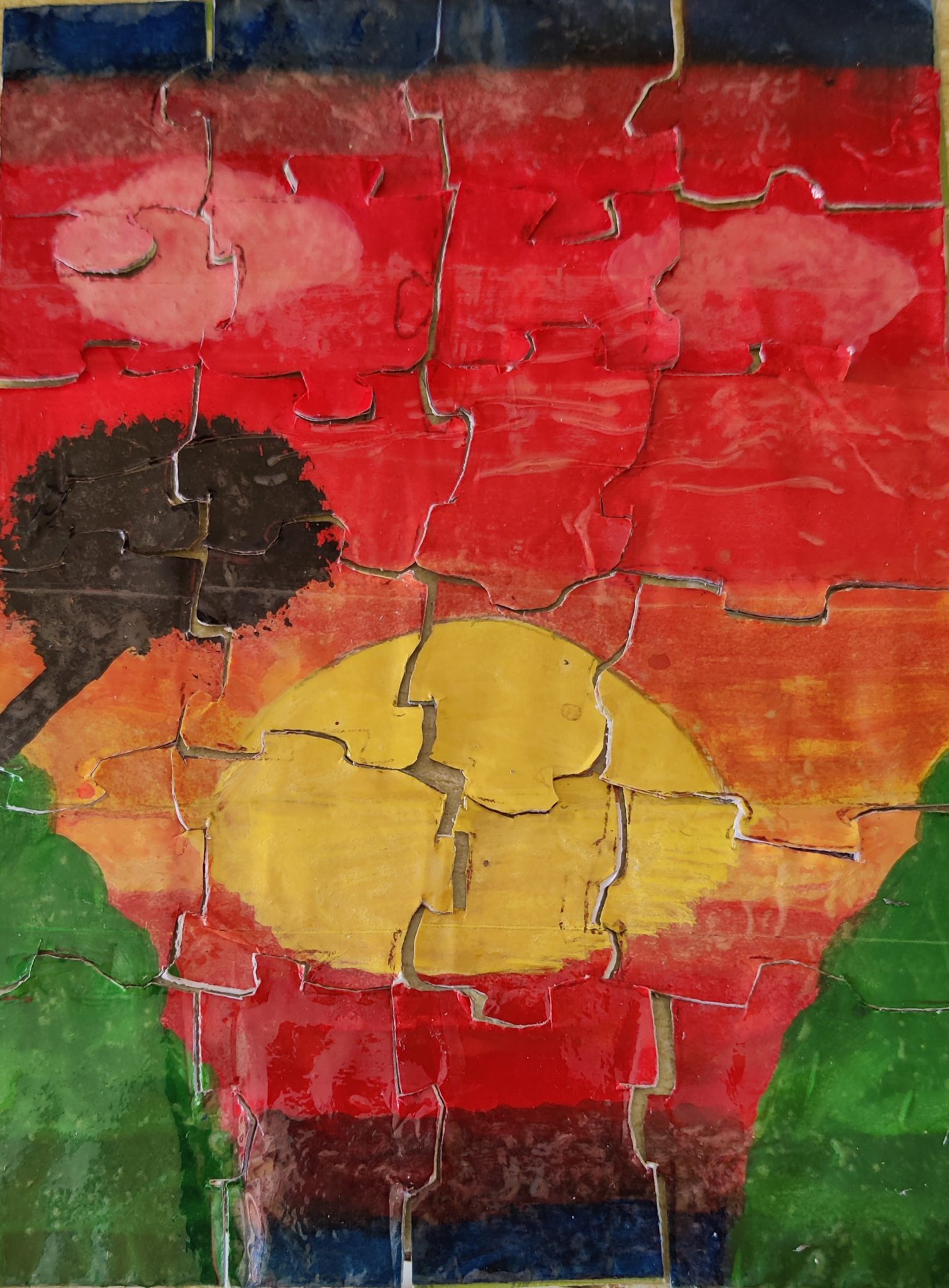Modi Govt’s foreign policy reforms


Historically, India was pursuing a very passive, defensive foreign policy. I would say the foreign policy for most time after independence as “timid”. Some examples are as follows:
But come 2014, Modiji has initiated a lot of foreign policy reforms. The policy reforms have accelerated beloved S. Jaishankar moved to foreign ministry office. Let me list few steps that were undertaken in recent few years.
In nutshell, India is not being defensive any more in foreign affairs. We have started becoming aggressive, and have started projecting soft power in the Indian Ocean Region and to some extent in the Eastern hemisphere.
Just being an economic powerhouse wont be enough. India was an economic powerhouse during the 11th and 18th Century. But we still got colonialized. Why? Because, we did not master the trade routes. India produced goods, but the goods were being traded by foreigners. In other words, the economy was controlled by Arab and later the Europeans. Hence, we need to learn from history and play our game right.
However, I think there is a big flaw in our foreign policy? And that is: we are taking reactive steps to what China does. We pursued Maldives after China increased its influence in Maldives. It would be ideal if India takes pro-active steps in foreign policy. Not just chase China.
Another area where India needs to do well is: sign free trade agreements (FTAs) with countries like US, EU, Australia and New Zealand keeping Indian interests in mind so that Indian goods have access to big markets. Such a step would help India get access to big markets and help Indian manufacturing greatly. India just cannot rely on its home market for becoming a 10-15 trillion dollar economy.
DISCLAIMER: The author is solely responsible for the views expressed in this article. The author carries the responsibility for citing and/or licensing of images utilized within the text.
